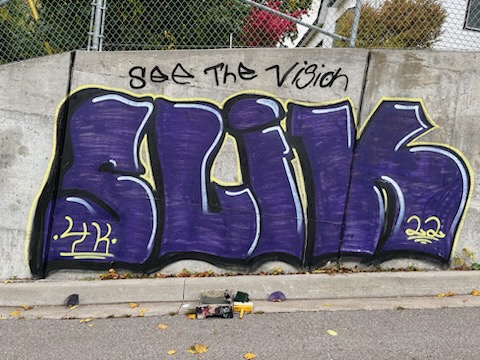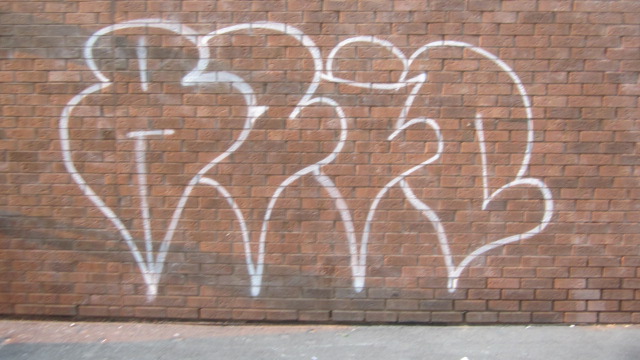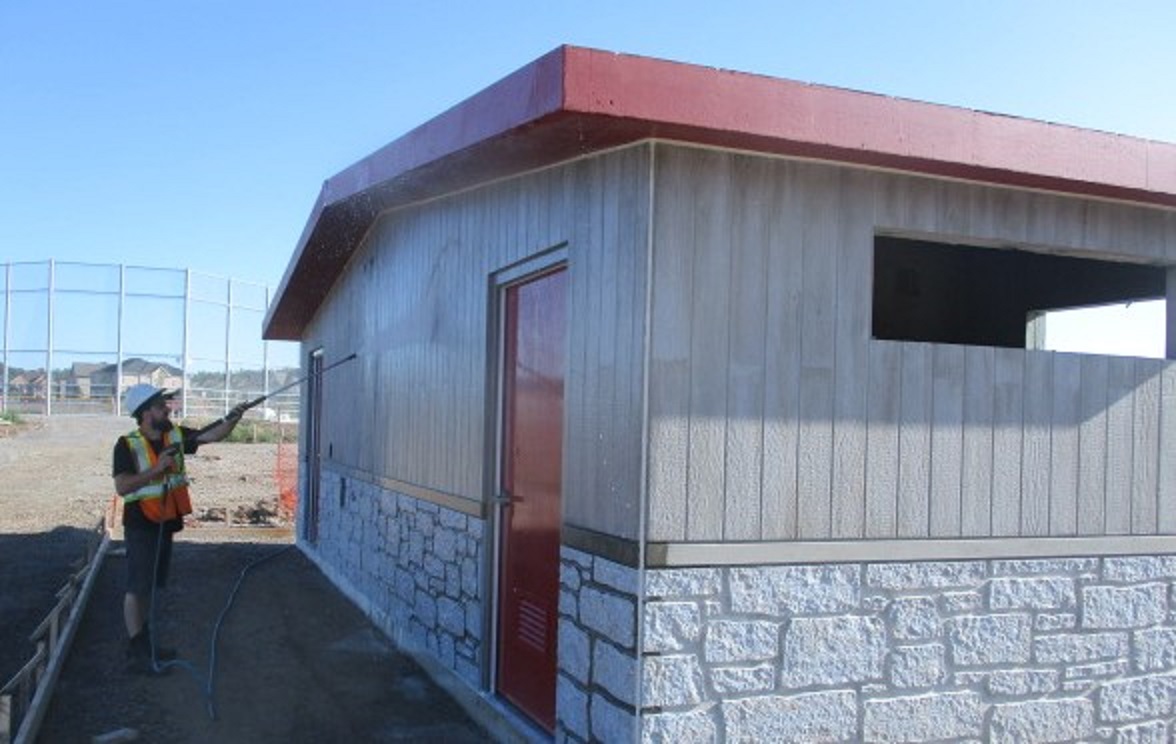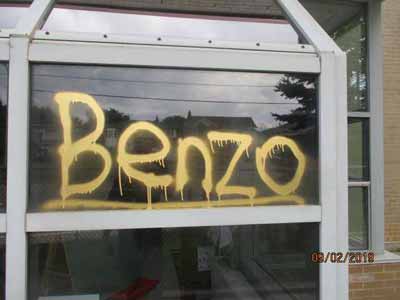Graffiti can be an ongoing challenge for property owners, city officials, and law enforcement. While some graffiti can be considered artistic expression, unauthorized markings often lead to costly cleanups, property devaluation, and safety concerns. Fortunately, there are proactive steps that individuals and communities can take to prevent unwanted graffiti. Here are some effective graffiti prevention strategies:
1. Prompt Removal
One of the most effective deterrents is removing graffiti as soon as it appears. Rapid removal sends a clear message that graffiti will not be tolerated and discourages repeat offences. Studies suggest that graffiti removed within 24 to 48 hours significantly reduces the likelihood of recurrence.
2. Anti-Graffiti Coatings
Applying anti-graffiti coatings to surfaces makes cleanup easier and faster. These coatings come in two main types: sacrificial and non-sacrificial. Sacrificial coatings create a protective layer that can be washed away with graffiti, while non-sacrificial coatings provide a permanent barrier that allows for easy cleaning without damaging the underlying surface.
3. Community Engagement & Murals
Encouraging community involvement can be a powerful tool in graffiti prevention. Organising legal graffiti walls or community mural projects provides a sanctioned space for artistic expression while discouraging illegal tagging. Public art initiatives help beautify spaces and foster community pride, making vandalism less likely.
4. Improved Lighting & Surveillance
Graffiti vandals often work under the cover of darkness. Enhancing street lighting and installing security cameras can deter potential offenders by increasing the risk of being caught. Motion-activated lights in vulnerable areas can be particularly effective.
5. Landscaping as a Barrier
Strategically placed landscaping elements such as thorny bushes, climbing plants, or trellises can act as natural deterrents. Covering frequently targeted walls with vegetation makes it more difficult for vandals to access surfaces and reduces the likelihood of graffiti incidents.
6. Public Awareness Campaigns
Educating communities about the consequences of graffiti and encouraging public vigilance can lead to better reporting and prevention. School programs, neighbourhood watch groups, and social media initiatives can raise awareness and promote civic responsibility.
7. Enforcement & Legislation
Implementing strict penalties for graffiti vandalism and enforcing existing laws can serve as deterrents. Many cities have by-laws requiring property owners to remove graffiti promptly, which helps prevent the spread of vandalism. Providing alternative creative outlets for youth can also reduce the appeal of illegal graffiti.
By combining these strategies, communities can create an environment where graffiti is less likely to occur. Prevention efforts not only save money on cleanup costs but also contribute to safer and more aesthetically pleasing neighbourhoods. Taking a proactive approach ensures that public spaces remain welcoming and free from unwanted vandalism.





